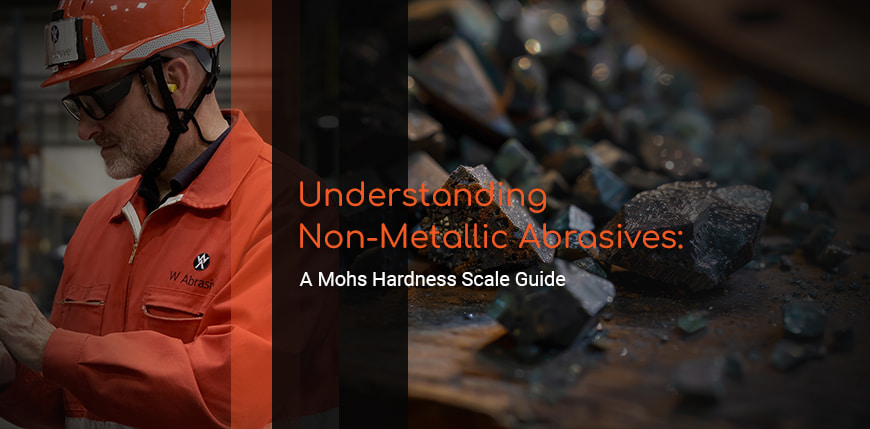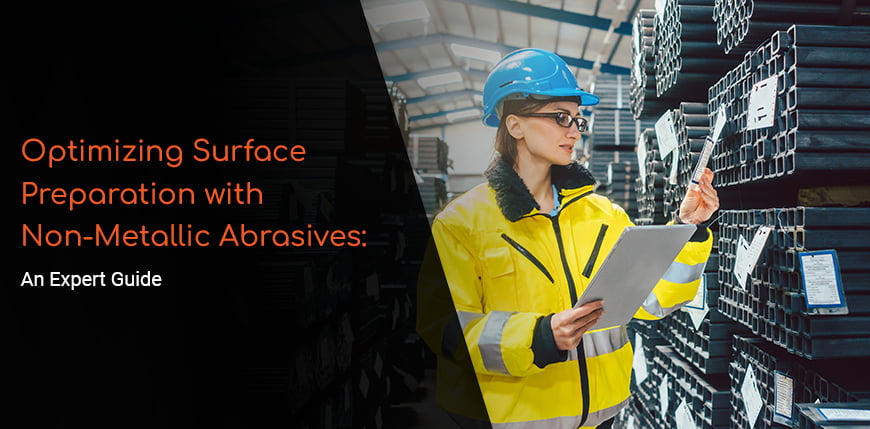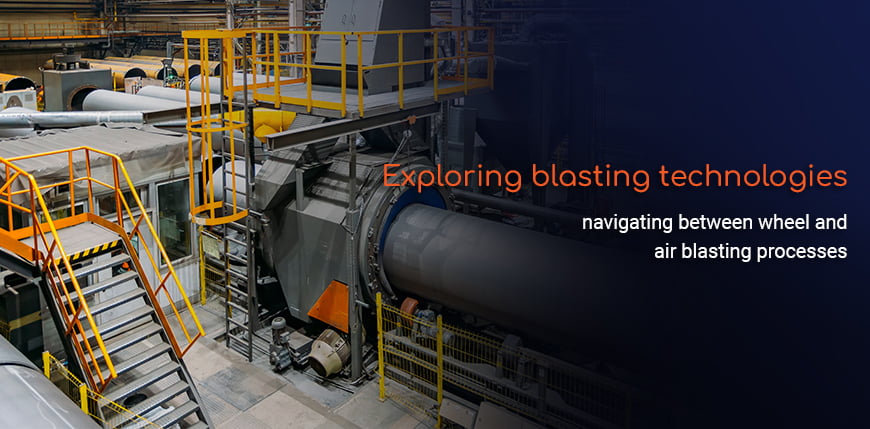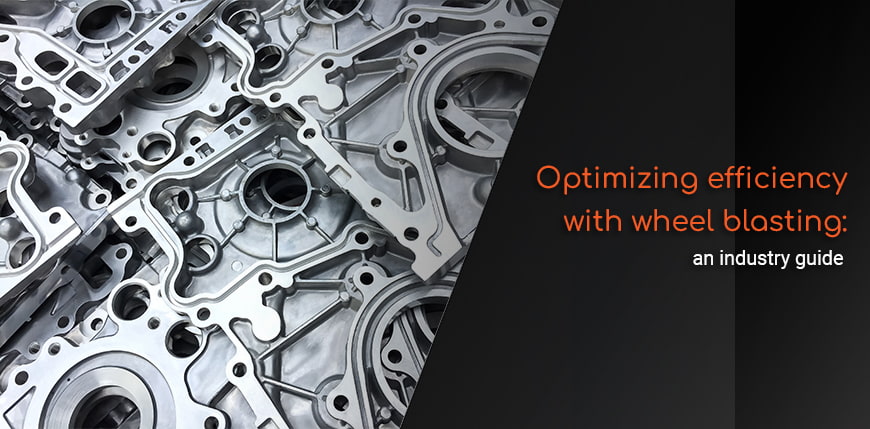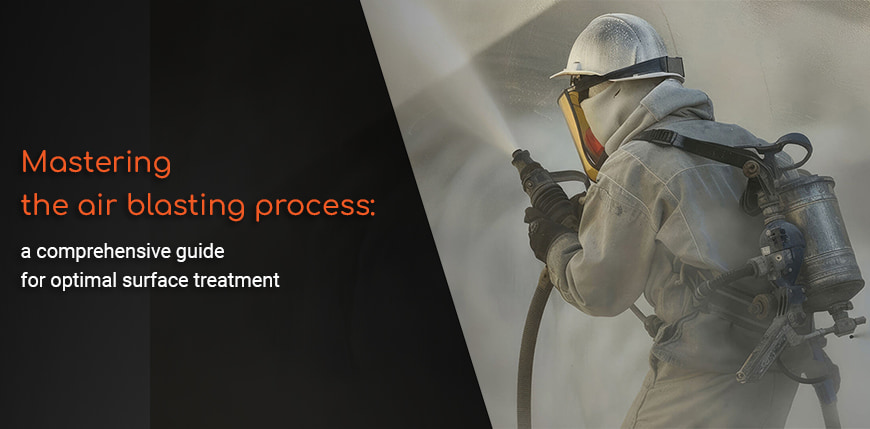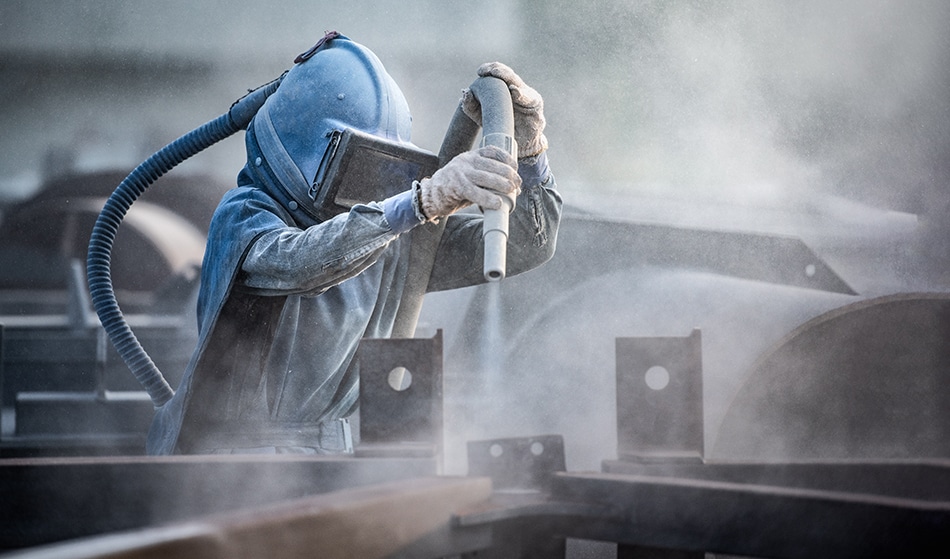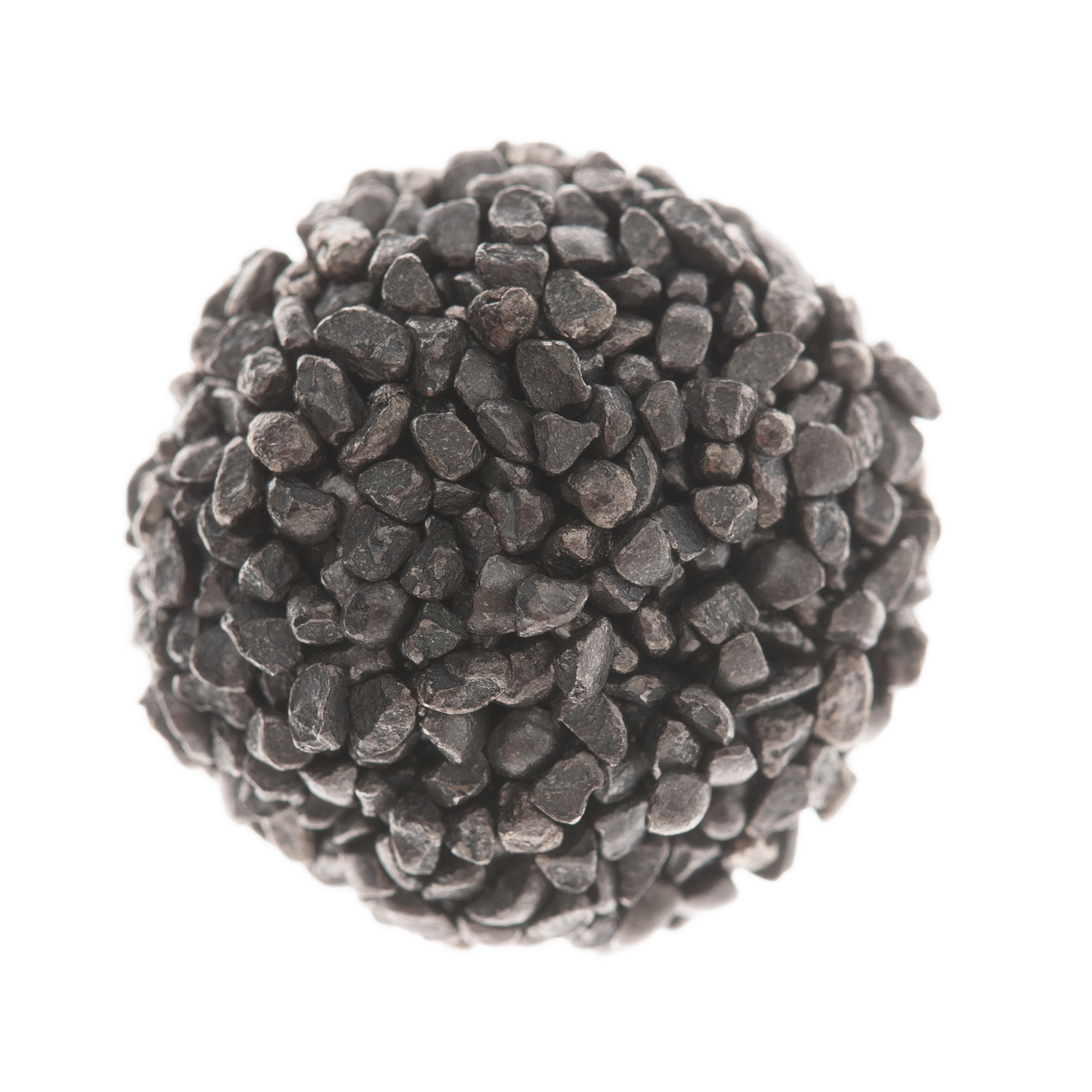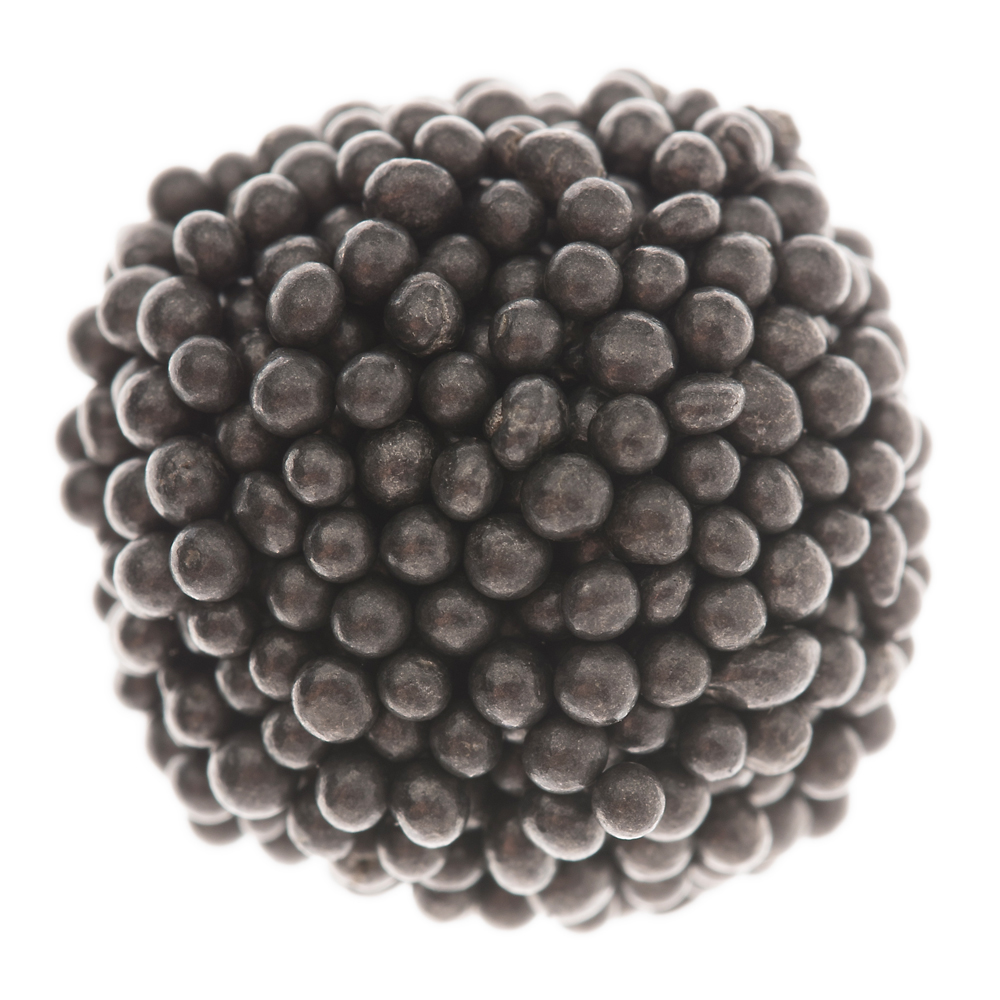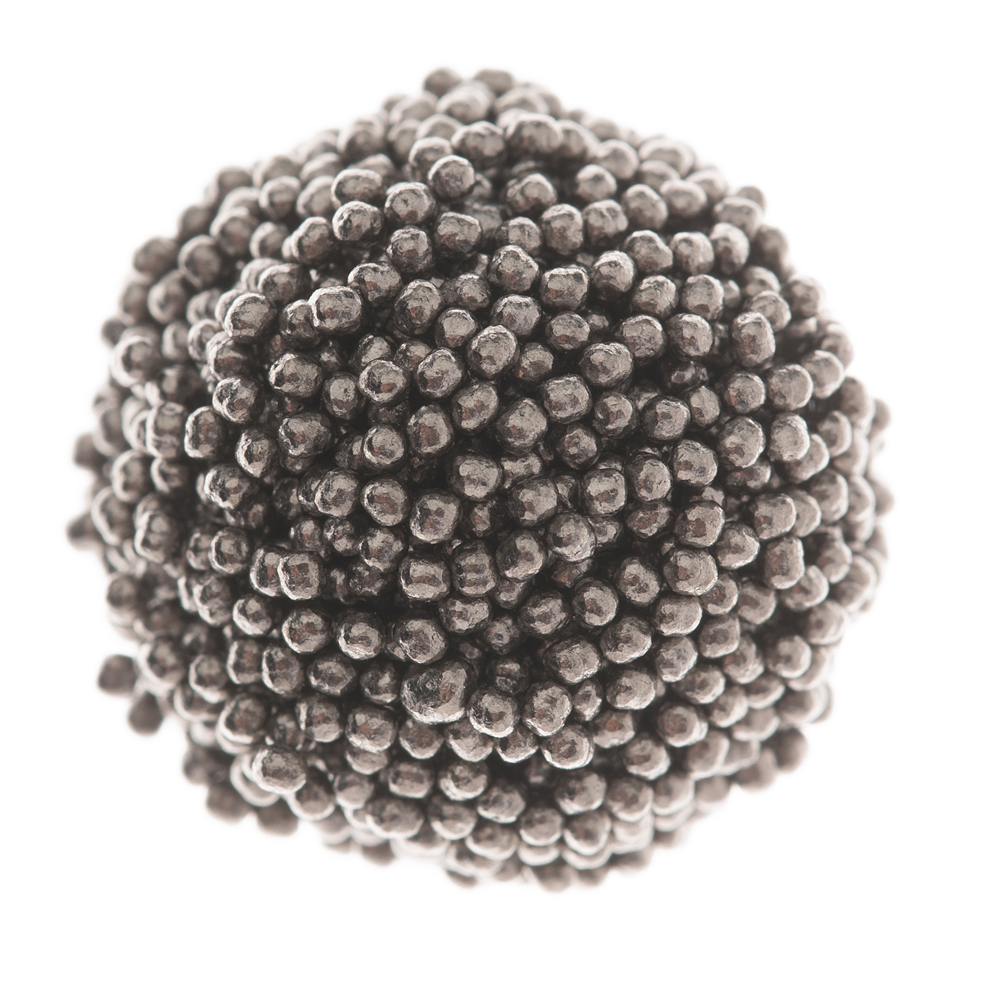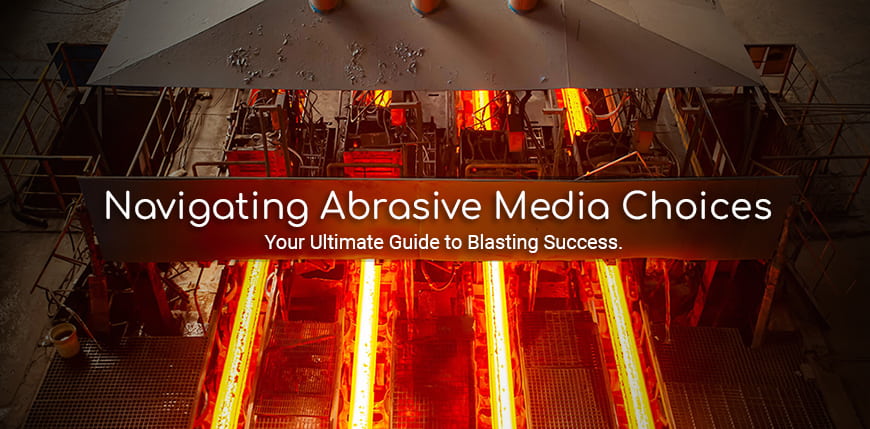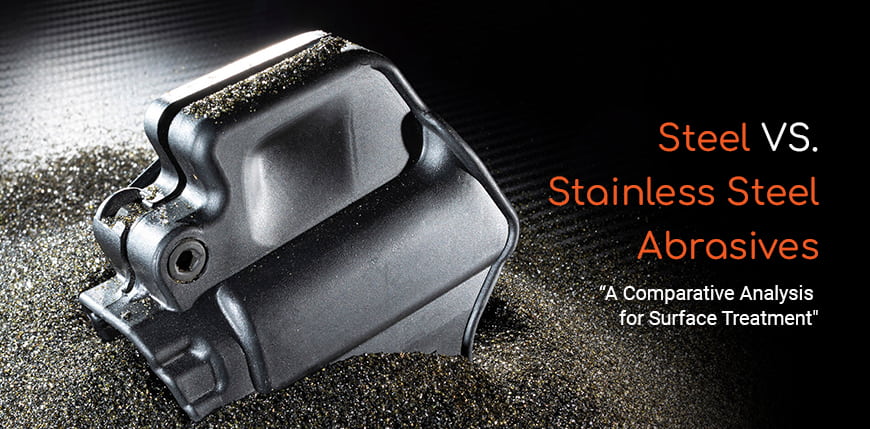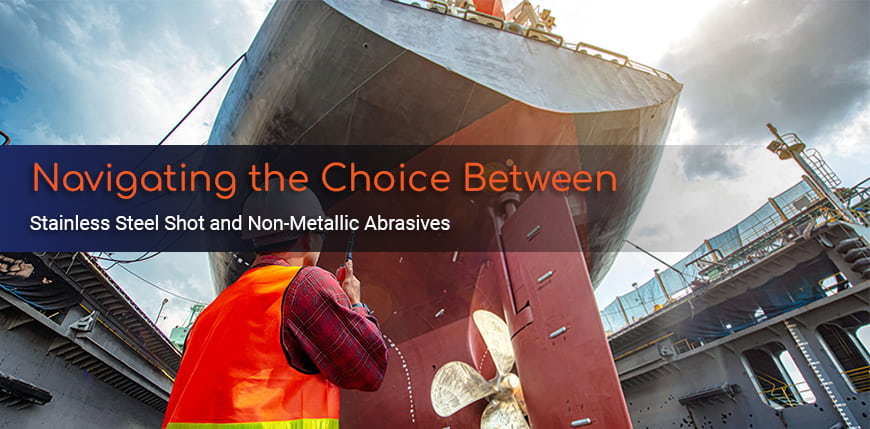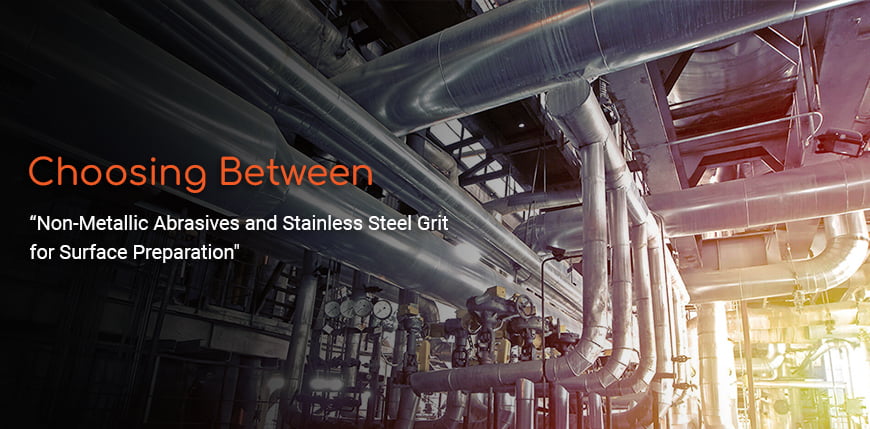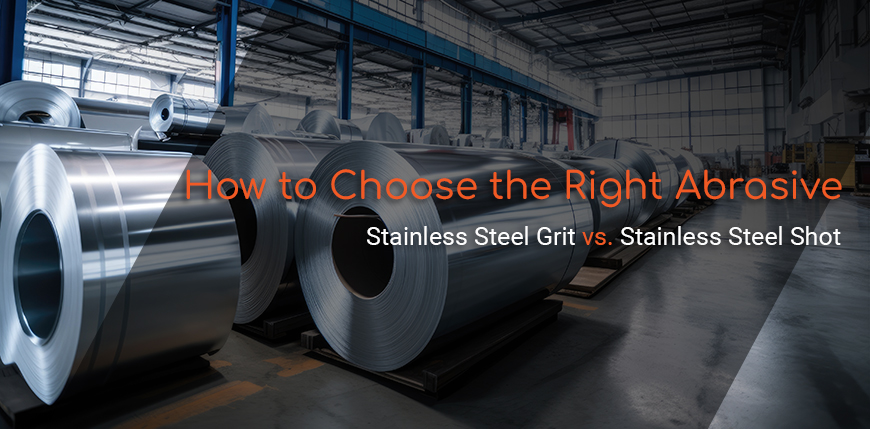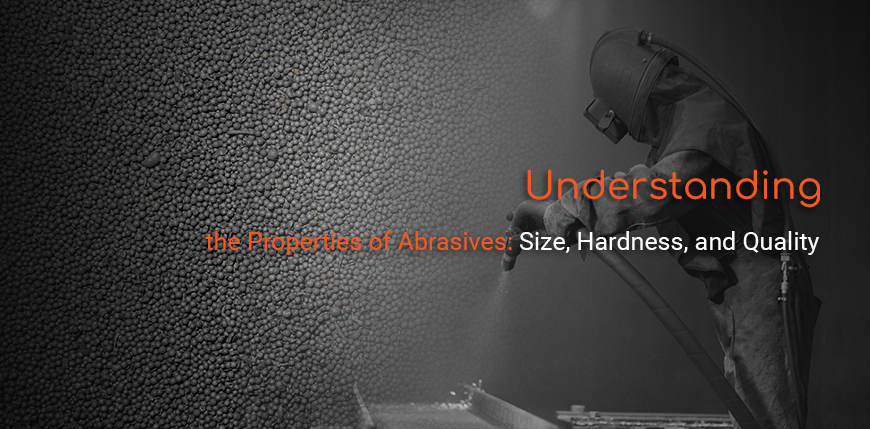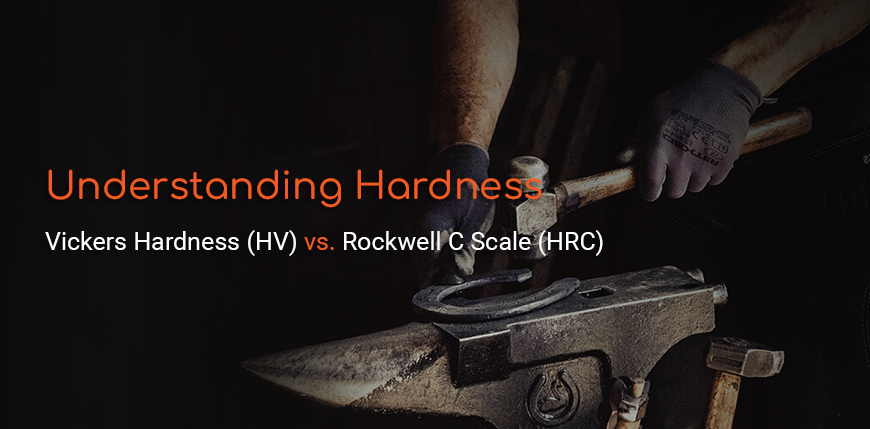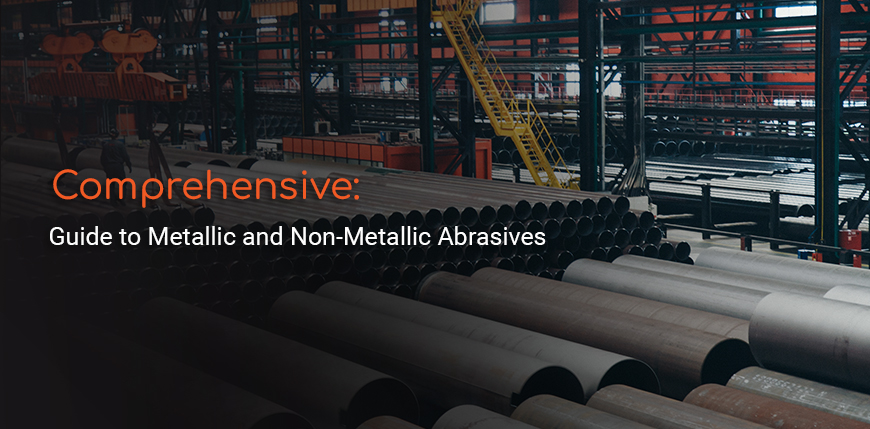Navigating Abrasives: Understanding the Mohs Hardness Scale for Optimal Selection
The Mohs Hardness Scale, a measure developed by German mineralogist Friedrich Mohs in 1812, serves as a crucial reference in selecting abrasive materials for surface treatment processes. This scale, ranking materials from 1 (talc) to 10 (diamond) based on their ability to scratch one another, provides invaluable insights into the hardness and, consequently, the abrasive capabilities of various substances. Understanding where non-metallic abrasives fall on this scale is essential for professionals seeking to optimize their surface preparation and finishing operations.
The Mohs Hardness Scale: A Brief Overview
The Mohs scale is a comparative test of the hardness of minerals or materials,



